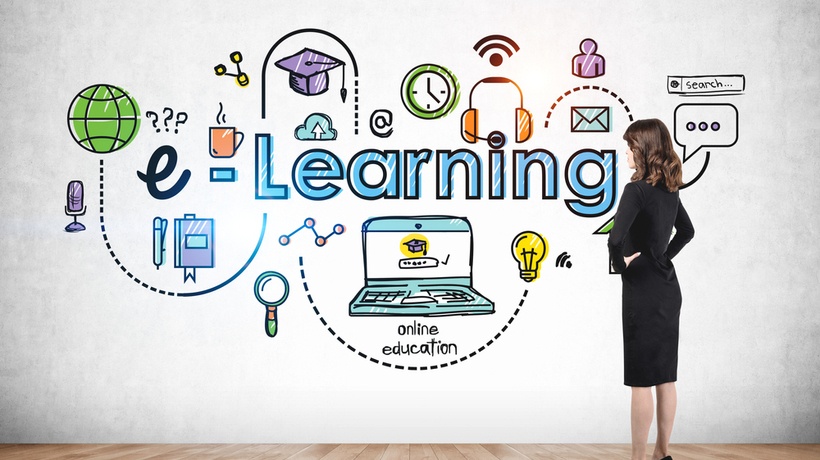4 Tips For Developing An Effective eLearning Program
With the availability of technology today, developing an eLearning program isn’t an overwhelming challenge anymore. However, developing an effective eLearning program that actively engages the participant, stimulates the brain, and enhances retention requires a great deal of research and strategy.
As per the research, the global eLearning market is predicted to reach 243 billion dollars by 2022. Now, this is a clear indication of how technology modifies the way in which people teach and learn. Today, anyone can learn new skills and languages from the comfort of their home. Teachers and students can interact via online courses. Corporations can train their employees situated around the globe.
The demand for eLearning platforms provides numerous opportunities for designers as well as developers. A good customized eLearning program goes a long way in meeting the needs of learners. It helps to bridge the gaps between skills and knowledge and also enhances performance levels.
Here are 4 crucial tips to follow for successful result-oriented eLearning development services:
1. Build Your eLearning Strategy
If you fail to have a pre-planned course at hand, you might end up building a course that is of no use. Moreover, your course might also fail to engage learners as they consider it a waste of time. Thus, you require a strategy that comprises the training goals, sets forth the instructional approach, crafts the activities supporting the learning objectives, and forms the delivery route. A well-documented eLearning strategy is like a roadmap that enables you to design flaws, spot information gaps, implement loopholes and structural discrepancies that might otherwise weaken your eLearning course.
So, rather than having everything piled up in your head, it’s always a good practice to write out a strategy that includes the various important elements such as the target audience, team members, marketing plan, learning objectives, company goals, content, evaluation parameters, tools, and delivery platforms.
2. Create Distraction-Free Templates
A good design doesn’t always mean decoration. You can keep the pages clean as well as clutter-free. After the initial design, you must delete graphics, decorations, and text that aren’t really important, as extra elements just act as a distraction and thus confuse the learner. An ideal eLearning template encourages you to focus on the course content. And so, go for a distraction-free template that guides learners through the course.
3. Understand Your Audience To Customize The Course As Per Their Requirements
In order to choose the right content and instructional strategy for your online course, it is important for you to understand the audience and also what they should know and do after the course. It also enables you to stay focused on the course objective, while also taking into account any limitations that you will need to overcome. Asking certain questions helps you have a clear idea of the requirements of your audience.
- Who is the audience of the course?
- What do they expect from the course?
- Do they need to be taught advanced or just the basic concepts?
- What is their work experience? Are they seasoned staff members, mid-level employees, or novices?
- What prerequisites do they require?
- Is the training under consideration voluntary or compulsory?
4. Craft New Content After Analyzing Old Content
Before you rush to craft a new course, just go around your content repository once. You might already have what you require, hidden amongst the plethora of modules, presentations, video tutorials, and job aids that you have developed over the years. In case you do not have a content inventory, just create one.
Ensure that the inventory makes it easy for you to recognize the content as per their various attributes and also analyze who owns what content. Thus, make use of keywords wisely. Furthermore, the inventory should also include information that makes it easy for you to identify content gaps and information updates. Thus, you might wish to consider capturing the data in a way that presents the topics covered by the course.
Final Thoughts
In the end, keep in mind that improvement is always an ongoing process. There’s always the latest technology to tap into, a different strategy to master, a new writing style to adapt to, and new authoring software to learn. Hope the above-mentioned tips take your online course to new heights.







